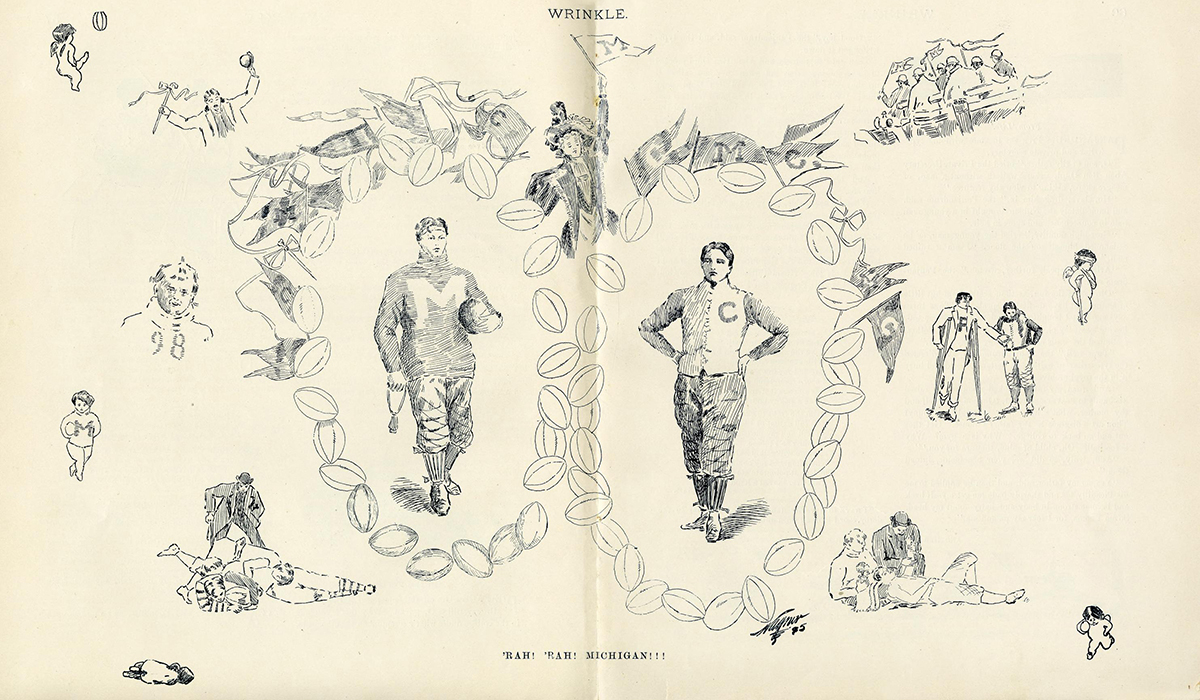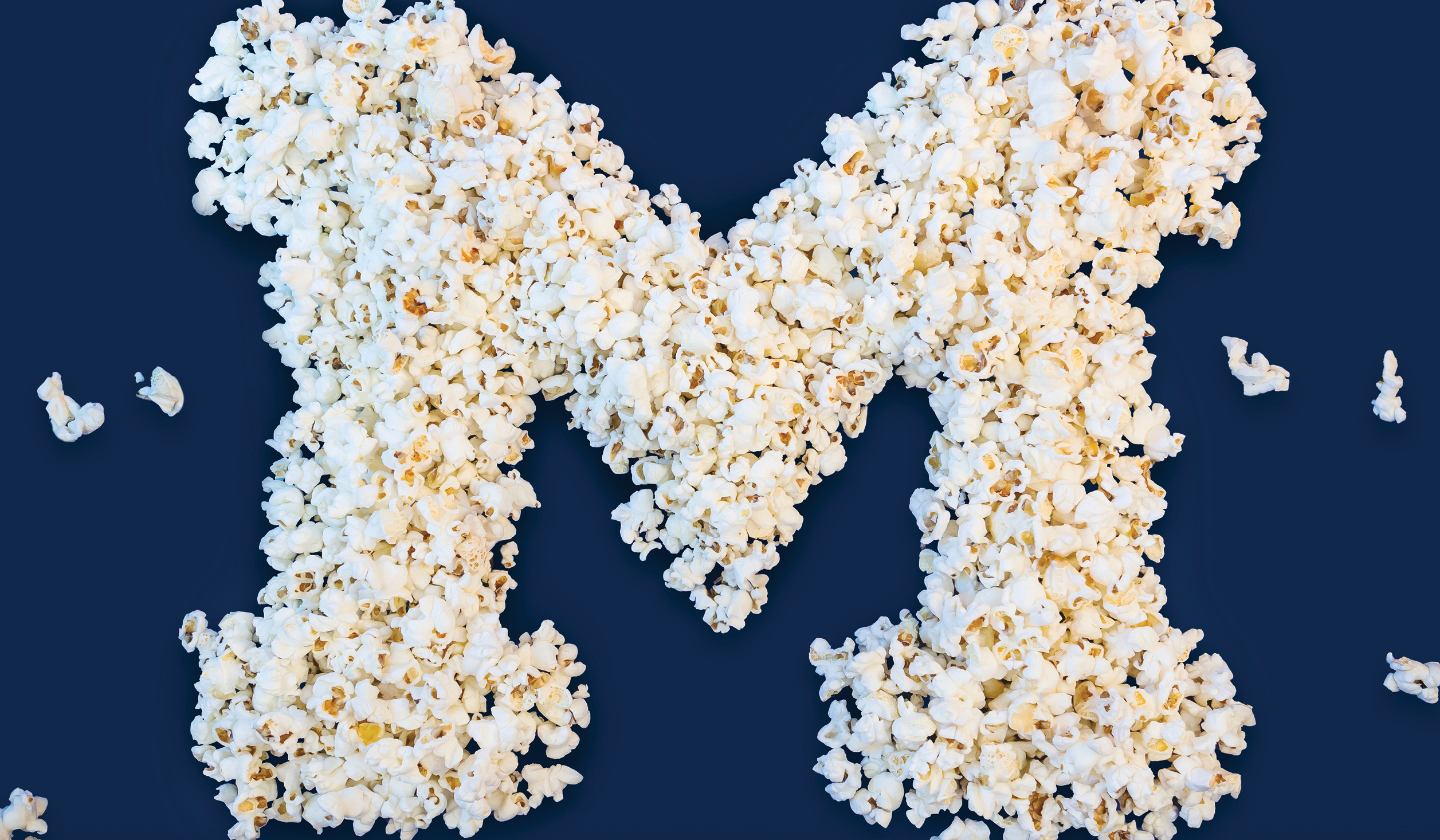Before the green-and-white Spartans or the scarlet-and-gray Buckeyes, the Maize and Blue’s foremost Big Ten football foe was the Maroons of the University of Chicago.
Chicago founded its football team in 1892 and played its first game against the Wolverines on Nov. 13 of that year. U-M took the first win in the rivalry that day, with a score of 18-10. From then until 1905, the two traditionally culminated the season with a Thanksgiving Day meet.
Because both schools were football powerhouses, their annual game often took on heightened significance. As Western Conference schools, the contest sometimes determined the unofficial conference champion based on the teams’ records that season. In fact, it was the 1898 U-M victory over the Maroons – the Wolverines’ first Western Conference football title – that inspired Louis Elbel to pen “The Victors” and claim Michigan the “Champions of the West” in perpetuity.
In 1907, U-M and the Western Conference parted ways over proposed revamps to player eligibility and training rules. When Michigan rejoined the conference – by that time known as the Big Ten – in 1917, Chicago Maroons football was on an irreversible decline. The two teams still met until 1939. The final game’s result: a whopping Michigan victory, 85-0. Chicago president Robert Maynard Hutchins, already openly opposed to the prominence of sports in university life, abolished the school’s varsity football program by the end of the year.
With 26 games played in total, the Wolverines firmly hold the rivalry record at 19 wins.
Gregory Lucas-Myers, ’10, is senior assistant editor of Michigan Alumnus.





